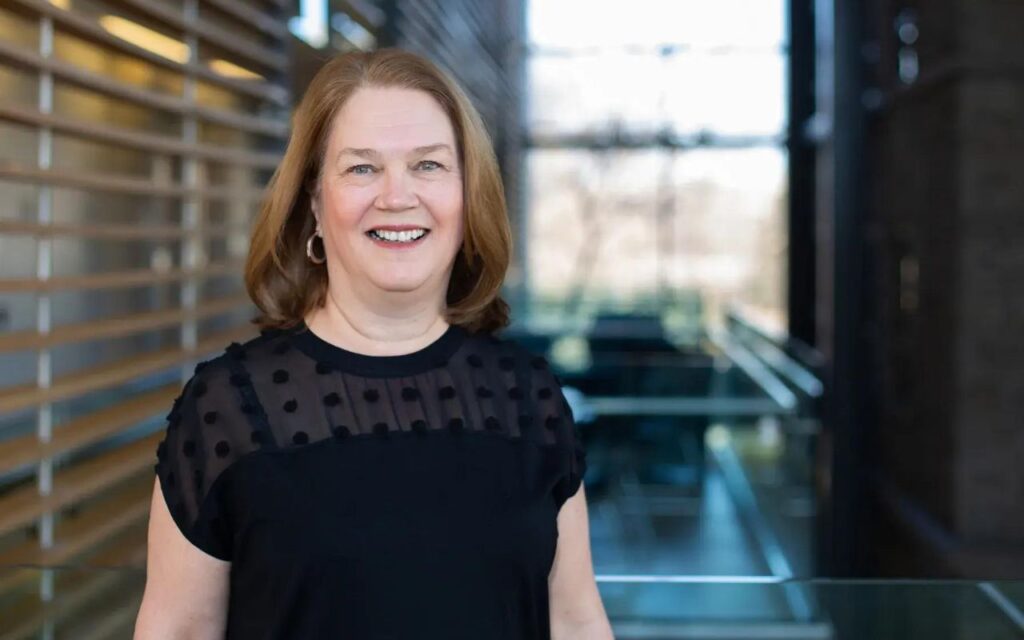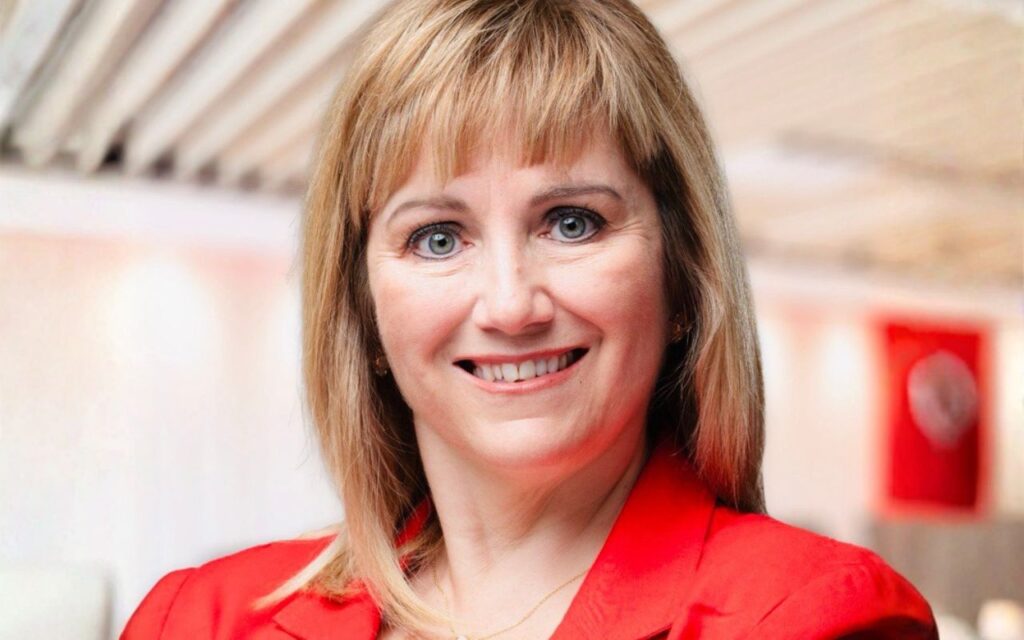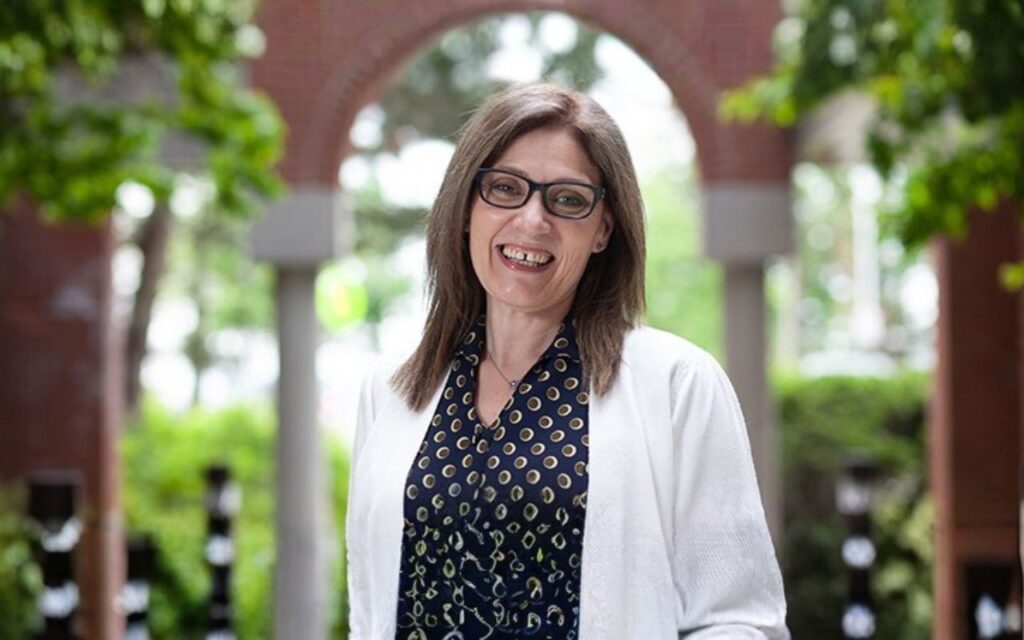
For many Canadians, healthcare remains a top issue — and for good reason.
While it was never perfect, the pandemic revealed the growing cracks in our system, which have left many without primary care doctors, rampant burnout in the medical industry, and longer-than-normal wait times for tests and surgeries.
It’s an issue, however, for which Jane Philpott might have a solution.
As the former Canadian Minister of Health, a family physician, and now Dean of the Queen’s University Faculty of Health Sciences and Director of the Queen’s School of Medicine, she brings a unique perspective to the healthcare problem.
“I have now seen healthcare from the perspective of clinical care, from the administration side, and now the medical education side. The same issues can be seen from all those angles,” she said. “It was as if it suddenly clicked that I could see that the problems we were struggling with the most, particularly around primary care, have solutions.”
Philpott brings that realization and unique view to her latest book, Health for All: A Doctor’s Prescription for a Healthier Canada. In it, she unpacks what a healthier society could look like and challenges our country’s leaders to be the drivers of change.
“The book starts off with a lot of descriptions of health systems and what we can do better from a clinical perspective, but I ended up going into other aspects of health like spiritual, social, and ultimately political,” she explained. “A healthier Canada requires healthier leadership of the country and making sure that we are led by collaborative people who make effective decisions on our behalf.”
Tackling the primary care problem
As much as we would all love to snap our fingers and find a fix, it will take time to address these issues, but we aren’t beyond repair, said Philpott.
In fact, there are several other countries we can look to for inspiration when it comes to addressing the issue of primary care — as well as our own public school system.
That may sound odd at first, but in fact, it’s a powerful analogy — one that has been tossed around over time — that Philpott explores throughout her book to describe a more geographical approach to primary care.
“In Canada, no matter where you move in the country, you know that your child will be able to go to school because we have planned a system based on your postal code and made sure that every single child gets access to publicly funded education,” she said. “We never did that with primary care. But countries that have done primary care really well, like many European countries, have done just that.”
In other words, we could create a system where every household is assigned to a primary care clinic based on geography. As communities grow and new suburbs are built, they build further primary care homes. Then, regardless of where you move, you will change care providers to your new neighbourhood home base.
“I like that example because it gives people something they can easily imagine, and I think it brings some hope to the situation,” she said. “Part of the reason I’m so worried about the lack of access to primary care is that it means that groups like women are not getting that preventive, screening care. They’re not getting their pap tests or their mammograms done.
“I would say that the bulk of the issues around the lack of access to primary care impact women disproportionately. They are often caring not just for themselves but for their children or aging parents. Yet, they are the ones who are seeing the worsening health outcomes happening because of the lack of access to care.”
Sparking the change we want to see
A resounding message Philpott has heard from Canadians — especially women — who have picked up her book is this: What can I do to help?
There is a real feeling that people want a better future for their families and that solutions such as privatizing healthcare will not work.
“We already know what will happen if we go that route,” she said. “That’s why it’s so critical that we immediately solve this with a public solution.”
And we can all play our part. Engaging in conversations about healthcare with our elected officials and sharing new ideas and approaches with our friends and colleagues can all help move the needle toward a new era of care for Canada, she said.
She recalls one woman in Calgary who bought the book and asked Philpott to sign a copy, addressing it directly to the woman’s member of parliament.
“It brings me hope to see so many people across the country that believe that we can do better … that are prepared to put in the work to make it happen,” she added. “There’s a force of goodwill amongst Canadians to make our country better, healthier, and stronger, and I think that’s quite powerful.”








